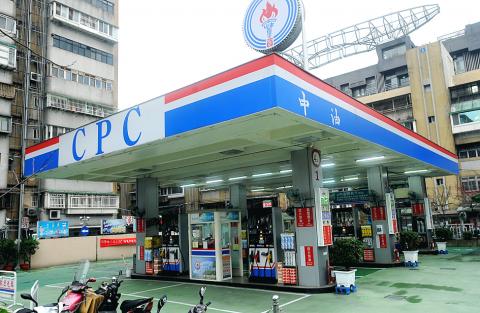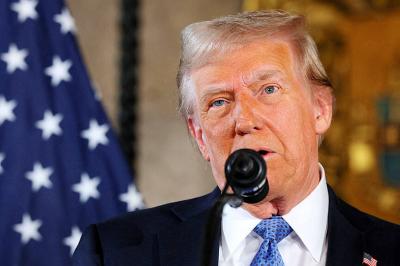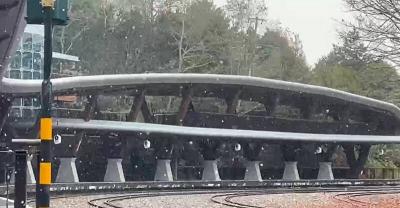The Environmental Protection Administration (EPA) yesterday said an investigation into groundwater and soil pollution at 400 gas stations revealed that contamination at 32 sites exceeded standard limits.
The EPA launched a nationwide investigation into the pollution of groundwater and soil at more than 2,700 gas stations across the country in 2001 and examinations at 2,250 sites had already been completed before the end of last year, while the whole project is scheduled to be completed before the end of this year.
The EPA said 190 polluted sites have been discovered so far, about 8.5 percent of all the gas stations nationwide.

Photo: Lin Cheng-kung, Taipei Times
The EPA’s Soil and Groundwater Pollution Remediation Fund Management Board yesterday said that in the past two years, the EPA had completed investigations at 400 gas stations that were established between 2003 and 2006, and found that 32 sites were polluted.
Among the 32 sites, 12 were located in the north, 14 in the center of the country, five in the south and one in the east.
The EPA said seven were gas stations next to freeways and that pollution at three sites in Taipei, Greater Taichung and Nantou County greatly exceeded the limits and that they would be listed for on-site pollution remediation.
The soil pollution was mainly caused by petroleum hydrocarbons, while groundwater was mainly contaminated by the organic chemical benzene.
The groundwater at the polluted sites was used for washing cars, not as drinking water, the management board said, adding that because of thick layers of cement, the volatile pollutants are unlikely to vaporize into the air and affect health.
However, the EPA said it would continue to remedy the situation at the polluted sites and, at the same time, strictly monitor other gas stations.

US President Donald Trump said "it’s up to" Chinese President Xi Jinping (習近平) what China does on Taiwan, but that he would be "very unhappy" with a change in the "status quo," the New York Times said in an interview published yesterday. Xi "considers it to be a part of China, and that’s up to him what he’s going to be doing," Trump told the newspaper on Wednesday. "But I’ve expressed to him that I would be very unhappy if he did that, and I don’t think he’ll do that," he added. "I hope he doesn’t do that." Trump made the comments in

NOT AN OPENING: Trump’s violation of international law does not affect China’s consideration in attacking Taiwan; Beijing lacks capability, not precedent, an official said Taiwanese officials see the US’ capture of the president of Venezuela as a powerful deterrent to Beijing’s aggression and a timely reminder of the US’ ability to defeat militaries equipped with Chinese-made weapons. The strikes that toppled Venezuelan President Nicolas Maduro signaled to authoritarian leaders, including Chinese President Xi Jinping (習近平), US President Donald Trump’s willingness to use military might for international affairs core to US interests, one senior official in Taipei’s security circle said. That reassured Taiwan, the person said. Taipei has also dismissed the idea that Trump’s apparent violation of international law could embolden Beijing, said the official, who was not

A cold surge advisory was today issued for 18 cities and counties across Taiwan, with temperatures of below 10°C forecast during the day and into tonight, the Central Weather Administration (CWA) said. New Taipei City, Taipei, Taoyuan and Hsinchu, Miaoli and Yilan counties are expected to experience sustained temperatures of 10°C or lower, the CWA said. Temperatures are likely to temporarily drop below 10°C in most other areas, except Taitung, Pingtung, Penghu and Lienchiang (Matsu) counties, CWA data showed. The cold weather is being caused by a strong continental cold air mass, combined with radiative cooling, a process in which heat escapes from

Snow this morning fell on Alishan for the first time in seven years, as a strong continental cold air mass sent temperatures plunging across Taiwan, the Central Weather Administration (CWA) said. The Alishan weather station, located at an elevation of about 2,200m in central Taiwan, recorded snowfall from 8:55am to 9:15am, when the temperature dropped to about 1°C, the CWA said. With increased moisture and low temperatures in the high-altitude Alishan area, the conditions were favorable for snow, CWA forecaster Tsai Yi-chi (蔡伊其) said. The last time snow fell at the Alishan weather station was on Jan. 10, 2018, while graupel fell there